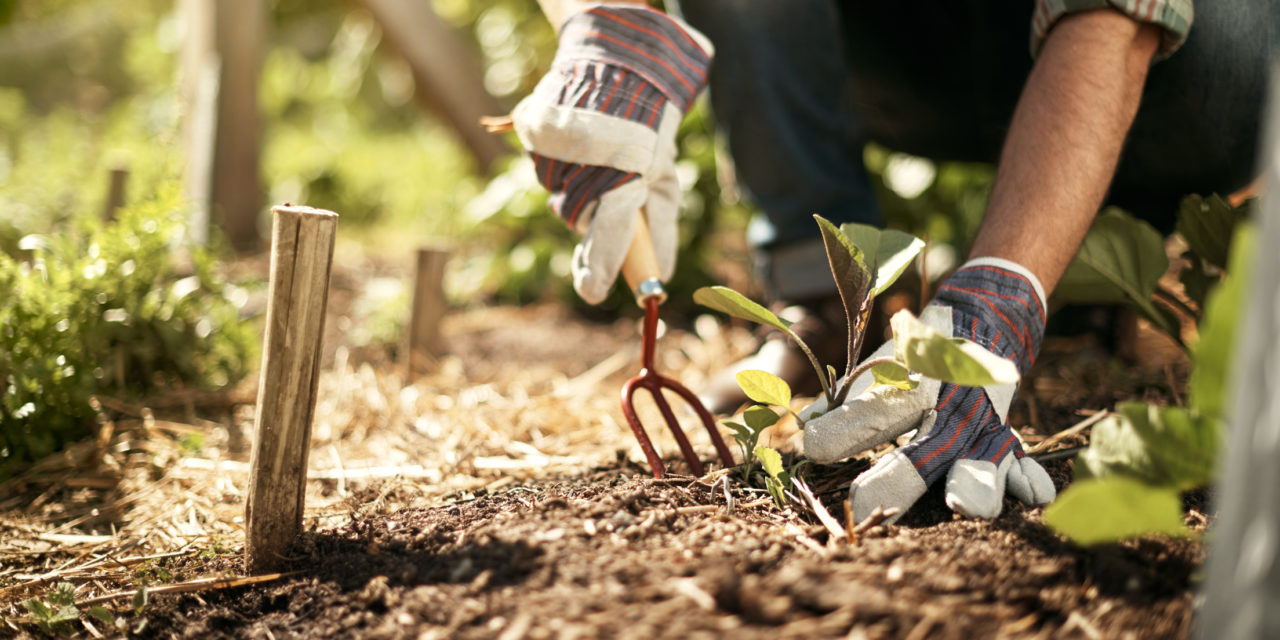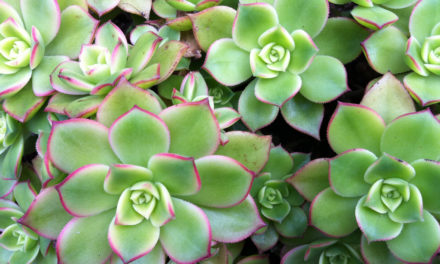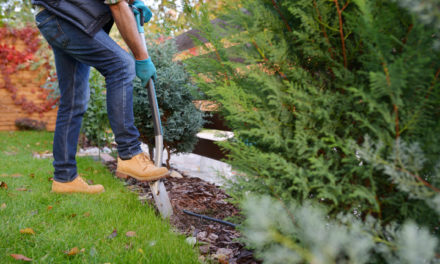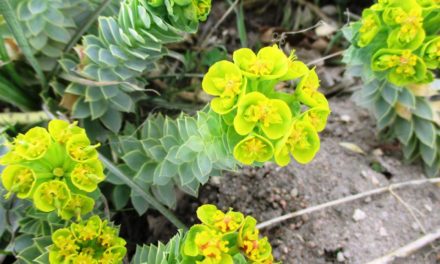There are many ways gardeners can save money and often times, it’s about making small changes to the things you’re already doing so that you can cut costs.
PART 1: Find Free or Cheap Landscape Materials
1. Find Free Things Online
Check online forums like Craigslist where residents often offer and receive free items to keep them out of landfills. Landscape items are commonly offered and can mean free or inexpensive landscaping materials.
2. Pick-Up Local Manure for the Soil
Local manure is a good (and free) soil amendment option. Horse stables and alpaca farms are usually willing to give you their manure free of charge if you are willing to pick it up. Make sure you are getting aged manure. Put your hand in the pile. If it still feels warm, it’s not aged enough.
3. Ask Around for Free Mulch
If you’re by a place with forests, there’s often a mulch dispensary that will give out free mulch made from removed trees. Generally, you’ll have to pick this up. If you don’t have truck but still want free mulch, try calling a local tree care company. They generate much more chippings than they can use and they’ll often will drop off mulch to your house for free.
If you want to use straw as mulch (on a vegetable garden for example) try getting loose straw from a feed store that sells straw bales. They often will have a pile of loose straw they will give you for free. Be sure to bring a truck or some garbage bags to transport it.
4. When Purchasing, Buy in Bulk
If you do decide to purchase material, buy in bulk when you can. Mulch and compost are half the price when you buy them in bulk rather than bags. To find companies that sell mulch and compost in bulk, search for “local landscape materials.”
Another option is to look for broken bags at the big box stores. They will often sell damaged bags at a discount. However, the manager often has to discount them at the register, so go to the store at a time when there is limited customer traffic.
5. Make Your Own Materials
Another possibility is to make your own compost. You’ll want to find full do-it-yourself instructions online, but you can make a compost bin from old or damaged pallets from a store. You can also use cheap straw bales to confine your compost as it will decompose over time. Fill it with yard waste and produce your own soil amendment. Many grocery stores will give away old produce, and mix in coffee grounds from shops or your own coffeemaker.
PART 2: Cut Those Growing Costs
6. Get Creative with Containers
Use creative containers rather than buying expensive pots. Bowls, flour sifters, rusty wheelbarrow, buckets with a hole, and boots can be fun. Some can be purchased at the thrifts store for a few dollars. Just make sure that you have holes for drainage and the container is big enough for roots.
7. Adjust your Gardening with Water Costs in Mind
Cut back on your water bill by planting xeric plants and creating watering zones in your yard. Hand water or use soaker hoses to meet higher water needs of specific plants.
8. Substitute Expensive Items for Cheaper Hacks
Use newsprint rather than landscape fabric to prevent weed growth. Layer 3 sheets of newspaper on top of soil, then top that with 3-4 inches of mulch.
PART 3: Save on Plants
9. Go Deal Hunting
Look for deals on plants. Nurseries will often reduce the price of plants if they have too many or if the plants have degraded in quality. It’s fine to buy perennials and shrubs that are low quality if you can nurse them back to health. However, don’t waste your money on low quality trees, since they often have structural defects that will compromise the tree’s future health.
10. Buy Plants at the Right (Budget) Age
Size matters – buy plants when they are small, but give them room to grow. Another low-cost alternative is to grow plants from seed. The Extension office is a valuable resource for information and suggestions. Perennials such as soapwort, catmint, coreopsis and snow-in-summer can all be grown from seed.
11. Invest in Your Plants Long-Term
Buy long-lived plants. Peonies can survive more than 100 years. Penstemon varieties usually only live for 3 years.
12. Start From Scratch
Try growing a lawn from seed rather than installing sod. For 1,000 square feet of sod, many companies will charge $200 to $300 (double if they install it). Seeding 1,000 square feet of grass would require $20 to 30 of grass seed.
13. Buy Plants That Give Back
Selecting plants that reseed heavily or are aggressive can help fill gaps in landscaping before you choose to put in something that may be more costly. Cosmos, zinnias, marigolds, and California poppies reseed heavily and can cover an area until you put in other plants. Aggressive plants including Russian sage, Virginia creeper, and bugleweed spread easily and cover bare soil.
14. Trade Plants with Other Gardeners
Trade plants with others. By getting to know other gardeners in your community, perhaps through a gardening club, you will have many opportunities to expand your plant collection. Be aware when your neighbors divide their plants or clean out their garden. Offer to help them and take some of the plants home with you.
15. Avoid Weak Plants
Buy durable plants rated a hardiness zone lower than the one in which you live. For example, if you live in Zone 5, choose Zone 4 plants. This increases the likelihood that the plants will survive the winter. Plant Select focuses on plants that have proven to be reliable and resilient in our climate.
PART 4: Build Your Garden for Cheap
16. Get Expert Assistance
Pay for a professional consultation. This is a great way to get professional advice without having to pay big bucks for a professional landscape design. Many local small landscapers and gardeners will do a professional consultation for around $75. They will help you generate ideas for your yard. They can help you avoid costly mistakes.
17. Do Work Yourself
By doing work yourself, you avoid paying labor costs for someone else to do the work. For example, paying a professional to install a sprinkler system to cover 1,000 square feet will cost around $1,000. About $700 to $800 is labor costs. Doing it yourself allows you to spread the cost of landscaping over time.
18. Use the Pocket Approach
You can take the “pocket approach” and work on only one area of your yard at a time. Then you take on another area when money becomes available. The other approach is to do the whole yard in phases. For example, you might amend the soil and cover it with mulch. Then, when you get more money you could install a sprinkler system. When more money comes along, you could plant.
19. Actively Prevent Damage
Your garden is an investment, don’t let poor care cost you. Take precautions when bad weather is rolling in. Water over winter to keep ground fertile. If you notice a problem, address it immediately. The more care you put into your garden, the better (and cheaper) your experience with it will likely be.
-For gardening information and additional links, visit the Colorado Master Gardener Web site at cmg.colostate.edu.

 Photo Credit: shapecharge (iStock).
Photo Credit: shapecharge (iStock). 



Comment on: 19 Small Ways to Save Money While Gardening